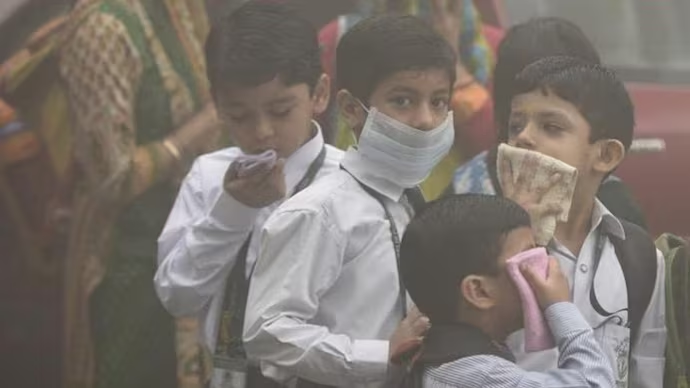The Kolkata city markets are overflowing with juvenile hilsa, weighing anything from 50 grams to 200 grams. The Ganga Estuary's hilsa ecosystem is suffering severely as a result of the widespread khoka ilish fishing.
Many consider the use of fine mesh nets—which may catch even the tiniest fish—an act of temporal greed. The hilsa population is being forced to spawn in Bangladesh due to this unsustainable practice, where it is illegal to catch juvenile hilsa.

The young fish make up the majority of the season's initial hilsa catch. Though they are extremely rare, larger hilsa weighing between 400 and 600 g have also been caught.
Last week, an average of 130 trawlers hauled in 80% small hilsa hauls, with the remaining 20% composed of other species and larger hilsa. There has been a small rise in the number of larger hilsa over the last two days.
Fisherman Ajed Ali Gaji said that "the fishermen were stuck at home during the ban period from April 15 to June 14 because they were in awful conditions. Owners of trailers have to deal with high costs and stress. The river border between Bangladesh and India is less patrolled during Eid, and many shady traders take advantage of this.
He said, "They capture juvenile Hilsa indiscriminately by crossing the border under cover of darkness with their trawler lights off. Although it has been happening for the previous week, it is now somewhat lessening. Every day, over 130 trawlers bring in 2.5 quintal to 3 quintal of juvenile hilsa.”
He continued, “After that, the fish is transported to Namkhana, Kakdwip, and Patharpratima before arriving at the Nagendra market in Diamond Harbour. Everyone pretends not to know, yet it's an open secret."
North 24 Parganas, Nadia, and Murshidabad are markets for juvenile hilsa. Senhati, Behala, Dharapara Kudghat, and Kasba are some of the outside markets of the city where you may find slightly larger fish.
Bijon Maity, the secretary of the Kakdwip Fishermen Association, expressed his concerns, stating, "We oppose taking small fish. We have addressed this topic and issued warnings in numerous ways. A few dishonest fishermen keep doing this covertly while others listen.
"We have also made an appeal to the traders to refrain from purchasing and selling small fish," he continued.
Jagannath Sarkar, the secretary of Diamond Harbour Hilsa Market, said, "I am looking into the problem. It needs to end."

According to Debasish De, the principal scientist and director of the Kakdwip Research Centre at the Central Institute of Brackish Water Aquaculture (ICAR), "this problem will persist as long as bottom-trawling with trawl nets continues. We are unable to resolve this problem unless the directive to use 90 cm or 90 mm net mesh is rigorously adhered to. There must be more awareness."
"We experienced a second migration here. The first peak migration is from October 15 to November 15, and the second is from the end of February to the end of March. Attention must be paid during these times as well, and restrictions should be imposed on fishermen if necessary. The third migration is from June 15 to April 14. Restrictions similar to those during this period should be imposed during the other two migration periods," De added.
The Hilsa fishing industry is in a precarious position right now, and stakeholders and experts are urging strict action to protect this important fish stock and guarantee sustainable fishing methods.

















